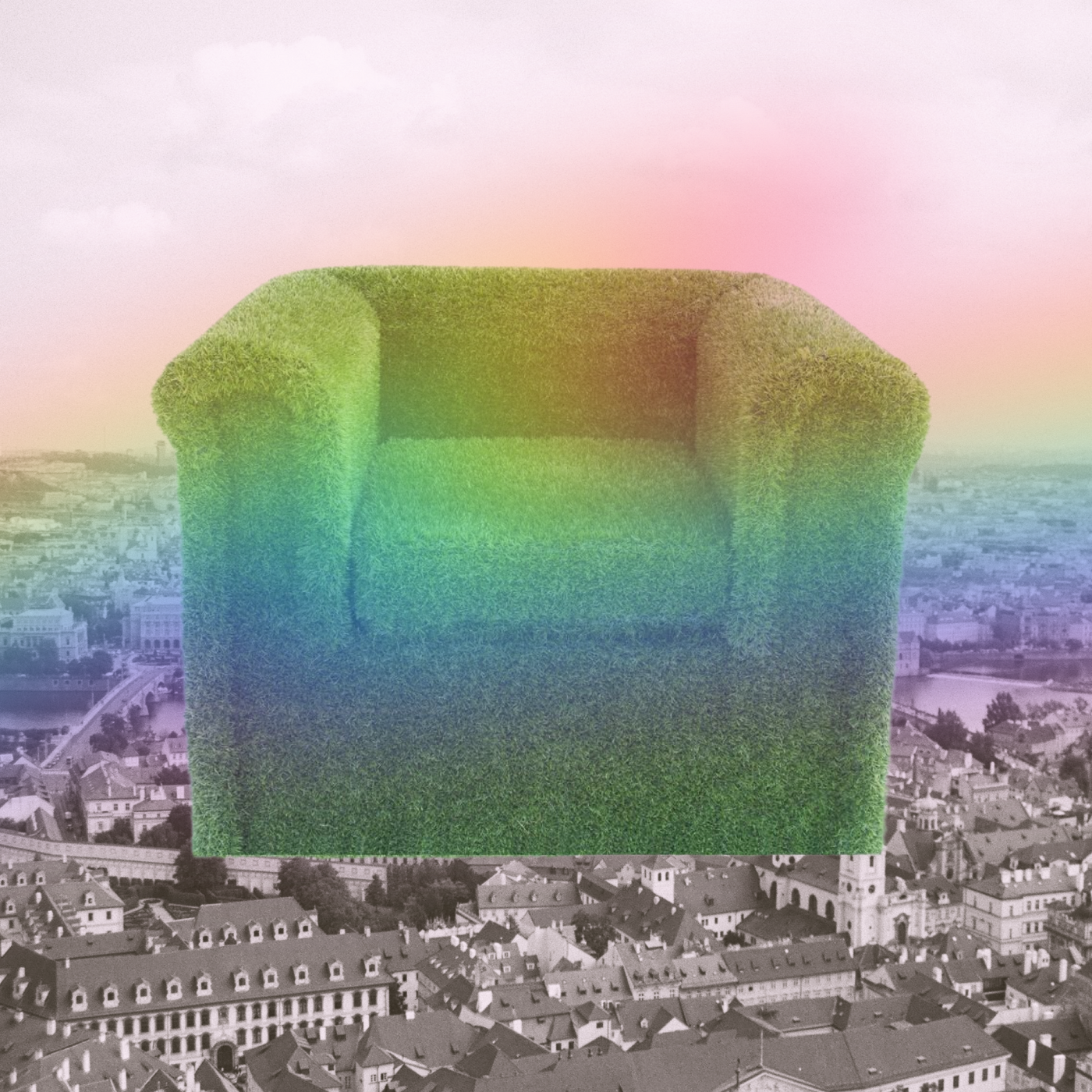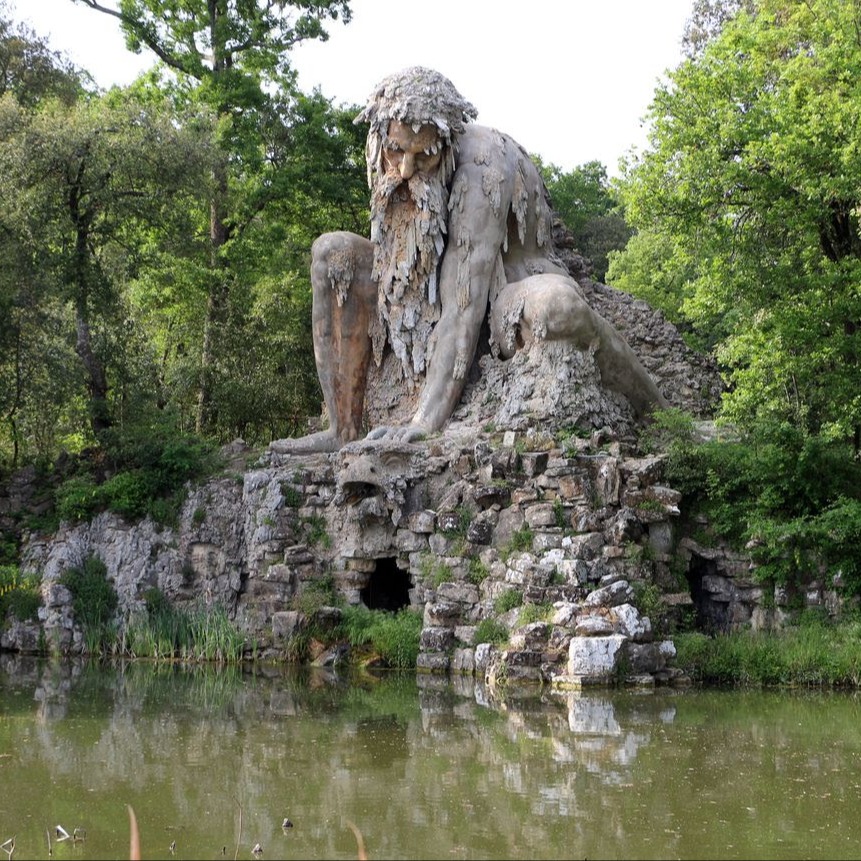- Studio Dirt
- Posts
- A Cartography of Letters
A Cartography of Letters
Return to sender.

This is our final dispatch in VISITOR, a column about how museums influence culture designed in collaboration with Visitor Beer. Previous dispatches include:
Today, Norah Rami on tracing her history at an archival epistolary exhibition in Kolkata.

I was twenty and diasporic—which meant I felt completely alone and like a total cliche. This was the year I would be returning to my supposed homeland, built in my imagination off the stories of my grandparents. Growing up, I believed I had no history. Young, brown, and queer in Texas, there was no one I could point to as proof of concept for my existence.
When I returned to Kolkata for the first time in my adult life last summer for a research project, I already knew that to “find myself” in India would make me no better than George Harrison, Elizabeth Gilbert, and every other Westerner who had expected the East to open her legs and offer them forbidden truths. Nonetheless, I did hope that—in some way or another—India would fill the gaping holes in my American life. That somehow, India would make me whole.
I ended up spending a lot of time that summer on college campuses. Conducting interviews with students and scouring through material in the archives, yes, but much of my research was more observational in nature.
In practice this meant sitting by the campus tea shack surrounded by uni students, who, cigarettes in hand, would conjecture wildly about Vedic psychoanalytic traditions, Kant, the politics of the Communist collectives on campus (which they said had equal capital to joining Greek Life) and the bar they would be going to that weekend.
This meant sitting by the campus tea shack surrounded by uni students, who, cigarettes in hand, would conjecture wildly about Vedic psychoanalytic traditions, Kant, the politics of the Communist collectives on campus...
One of the boys invited me to an archival art gallery. He was working with a collection of letters from a singular post office in Kolkata where queer people sent anonymous notes in the 1990s, as a way of being connected with a broader, largely invisible community. One of the letters he had seen at the archives was from an American girl—"like you, Norah." She sent a letter into the ether and not long after, an older woman knocked at her grandparents' door. They sat outside in conversation for a few hours before they parted ways.
Article continues below.

IN COLLABORATION WITH VISITOR
Visitor makes gluten reduced NA beers that are crisp and clean. Try our Original Lager or Extra IPA.
We started Visitor to create a bit of balance for anyone who's seeking it.
Enjoy the ritual without feeling full or tired. Keep the hang going without sacrifice. Share in the moment regardless of what you are—or aren't—drinking.

The show was hosted in a small corner room of the Indian Council of Cultural Relations in Central Kolkata, on a street named after Ho Chi Minh right across from the American and British Embassy. Hosted by the LGBTQ+ advocacy organization, Varta Trust, the two-day exhibition was intended to commemorate the 25th anniversary of the “1999 Kolkata Friendship Walk” which is often considered South Asia's first pride march.
Many of the original “‘99-ers” had returned for the exhibition, surrounded by a crowd almost triple their original numbers. While same-sex relationships were only decriminalized in India in 2018, same-sex unions continue to remain unrecognized by the law and highly stigmatized. But the community that the exhibition brought together gestured towards a far longer and more colorful history of queer resistance.
By one painting, entitled Queering the Gods, were a series of crowns viewers could don. The piece—a Mughal-style depiction of two women in an embrace—references a Hindu story in which two widows have sex and become pregnant, giving birth to the legendary king Bhagiratha. A printed piece of paper functioning as a placard read in part:
Particularly in India, we are often told about the Ardhanarishwar, the half-man and half-woman version of Lord Shiva, or the various woman forms of Vishnu, such as Mohini. Our epics are also laced with such transformations…These crowns here represent the State, the authorities, and the aspects of religion that are often used to subjugate us. However, we can use the same to lead us to liberation.

As I was guided through the exhibition by an original ‘99-er, I realized this was my first time ever speaking to a queer South Asian adult. This was someone whom I could look at with mimetic desire and know that there was a space for me in the world to grow into.
At the far back of the room, behind the chairs where the original 99-er’s held a panel, were the letters. They were a series of around a dozen laminated facsimiles pasted on the wall with accompanying text: They mark the moment of the birth of a community. These collections of letters are a map in themselves—a map of an invisible city: a city that cannot speak its name. They represent a cartography of desire built by anonymous men who walked the city streets to find comfort in each other’s company. It’s a map, obliterated by official maps, encapsulated inside files of letters. Each letter, an excerpt from a story waiting to be told.
My friends and I gathered in front of the letters, drawing our fingers on the plastic surface of the text. Some were written in English, others in Bengali script. The next night, there would be a live reading of an extended correspondence, but for now, we were given fragments of exchanges as glimpses of a far larger history. An interconnected network of letters—intimate and functional. These were never intended for anyone beyond the recipients' eyes. But there we stood, looking for the sender.
These were never intended for anyone beyond the recipients' eyes. But there we stood, looking for the sender.
It wasn’t long, though, before the conversation drifted from the letters before us, to the letters we had written to our lovers, friends, and ex-lovers alike. After all, we were twenty and living out our own history, to one day be pried upon and exoticized. But for now, it was trivial and ours.
After I left India, I started writing letters to the people I met and fell deeply in love with—in all the senses of the word. I wrote to a girl, who I brought with me when I returned to the exhibition the day before it closed, “I feel like my heart is stretched across two continents. I have this astounding feeling of being whole here. In a major way, I'm actually nervous to return to America, even though I was born and raised there, because I'm afraid I won't be able to hold on to this feeling of wholeness." ✒️

MORE VISITOR
|
🌱 JOIN THE DIRTYVERSE
Join our Discord and talk Dirt-y with us. It’s free to join! Paid subscribers have access to all channels.
Follow @dirtyverse on Twitter and @dirt.fyi on Instagram for the latest news and Spotify for monthly curated playlists.
Shop for some in-demand Dirt merch. 🍄


